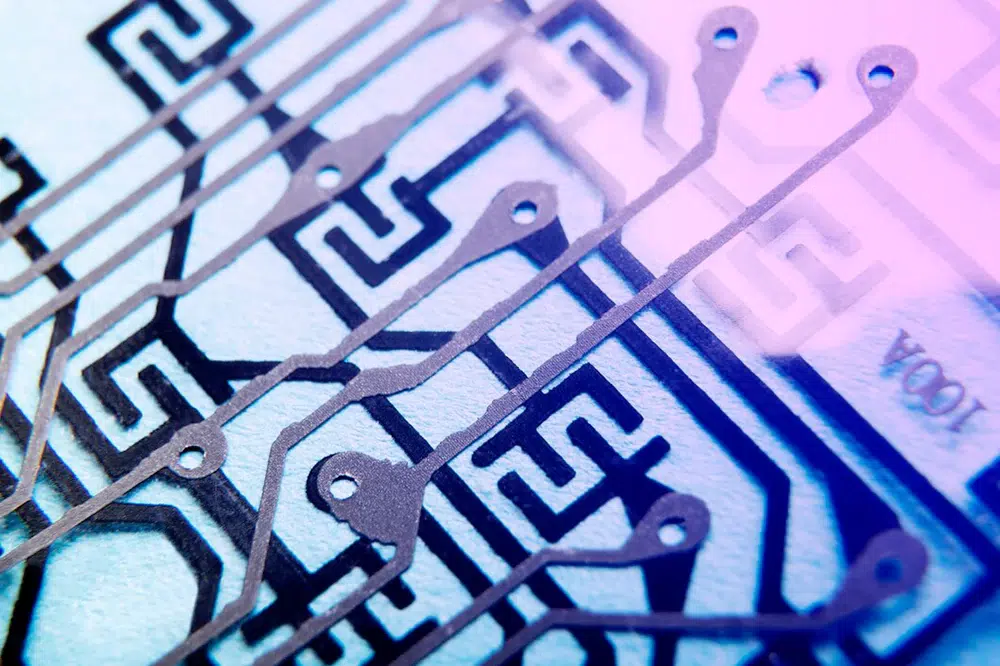The intersection of 3D printing and electronics manufacturing has given rise to a transformative process known as PCB 3D printing. This innovative technology is reshaping how printed circuit boards (PCBs) are designed and produced, offering numerous advantages over traditional manufacturing methods. In this article, we’ll delve into what PCB 3D printing is, its process, benefits, challenges, and its potential future in the electronics industry.
What is PCB 3D Printing?
PCB 3D printing refers to the additive manufacturing process specifically tailored for producing printed circuit boards. Traditional PCBs are typically made using subtractive processes that involve etching away layers of material. In contrast, PCB 3D printing builds the circuit layer by layer, allowing for greater design flexibility and integration of complex geometries.
What are the benefits of PCB 3D Printing?
1. Rapid PCB Prototyping
One of the most significant advantages of PCB 3D printing is the speed at which prototypes can be created. Designers can quickly iterate on their designs, testing different configurations without the lengthy lead times associated with traditional PCB manufacturing.
2. Design Flexibility
3D printing allows for intricate designs that are often difficult or impossible to achieve with conventional methods. Designers can create multi-layer boards, integrate components directly into the substrate, and develop customized shapes that fit specific applications.
3. Reduced Material Waste
Additive manufacturing is inherently more sustainable than subtractive methods. Since PCB 3D printing uses only the material needed for the board, it significantly reduces waste and can lower material costs.
4. Cost-Effective for Small Runs
For low-volume production, PCB 3D printing can be more cost-effective than traditional methods. The elimination of the need for expensive molds or tooling makes it accessible for startups and individual inventors.
5. Integration of Components
Advanced PCB 3D printing can enable the embedding of electronic components directly within the PCB. This can reduce the overall size of the assembly, streamline production, and enhance performance.
How to print PCB with 3D print service?
Printing a PCB using a 3D print service involves several steps, as traditional PCBs require specific processes that differ from standard 3D printing. However, with advancements in technology, certain 3D printing services can facilitate PCB production. Here’s a general outline of the process:
1. Designing the PCB
Software: Use PCB design software (like KiCad, Eagle, or Altium) to create the circuit layout.
Export Files: Export the design as a suitable format (e.g., Gerber files).
2. Material Selection
Conductive Ink/Filament: Choose conductive materials suitable for 3D printing, such as conductive PLA, silver-filled inks, or copper-based materials.
Substrate: Use a suitable non-conductive material (like standard PLA or ABS) as the base for the PCB.
3. 3D Printing the PCB
Printing Layers:
Print the base layer using the non-conductive filament.
Print the conductive traces on top of the base layer using conductive ink or filament.
Techniques: Depending on the printer and materials, methods can vary (e.g., fused deposition modeling (FDM) or inkjet printing).
4. Curing and Drying
Curing: If using conductive inks, cure them using UV light or heat, depending on the material’s requirements.
Drying: Ensure the printed PCB is fully dried to maintain conductivity and adhesion.
5. Component Placement
Soldering or Printing: Components can be placed manually and soldered, or in some advanced processes, printed directly onto the board using conductive adhesives.
6. Testing and Quality Control
Electrical Testing: Test the PCB for continuity and functionality.
Inspection: Visually inspect for defects or misalignments.
7. Finalizing the PCB
Enclosure: If necessary, encapsulate the PCB in a protective casing.
Integration: Incorporate the PCB into the final product or prototype.

The Future of PCB 3D Printing
The future of PCB 3D printing looks promising. As technology advances, we can expect:
• Improved Materials: Ongoing research is likely to yield better conductive inks and substrates that enhance performance.
• Increased Automation: As 3D printing becomes more integrated with other manufacturing processes, automation will play a significant role in scaling production.
• Broader Adoption: As awareness and understanding of PCB 3D printing grow, more companies will likely adopt this technology for both prototyping and production.
• Sustainability: The push for greener manufacturing practices will encourage the adoption of 3D printing as a way to reduce waste and energy consumption.
Conclusion
PCB 3D printing is a game-changer in the world of electronics manufacturing. With its ability to rapidly produce innovative designs while minimizing waste, this technology is set to play a crucial role in the future of PCB development. While challenges remain, ongoing advancements in materials and processes promise to unlock even more potential in this exciting field. As industries continue to explore and embrace 3D printing, the possibilities for customized, efficient, and sustainable electronic solutions are virtually limitless.
PCB 3D printing refers to the additive manufacturing process specifically tailored for producing printed circuit boards. Traditional PCBs are typically made using subtractive processes that involve etching away layers of material.
Rapid Prototyping
Design Flexibility
Reduced Material Waste
Cost-Effective for Small Runs
Integration of Components
Designing the PCB
Material Selection
3D Printing the PCB
Curing and Drying
Component Placement
Testing and Quality Control
Finalizing the PCB











